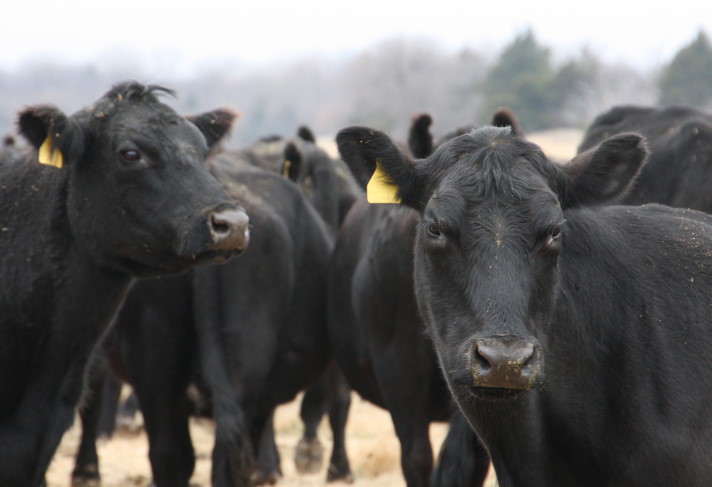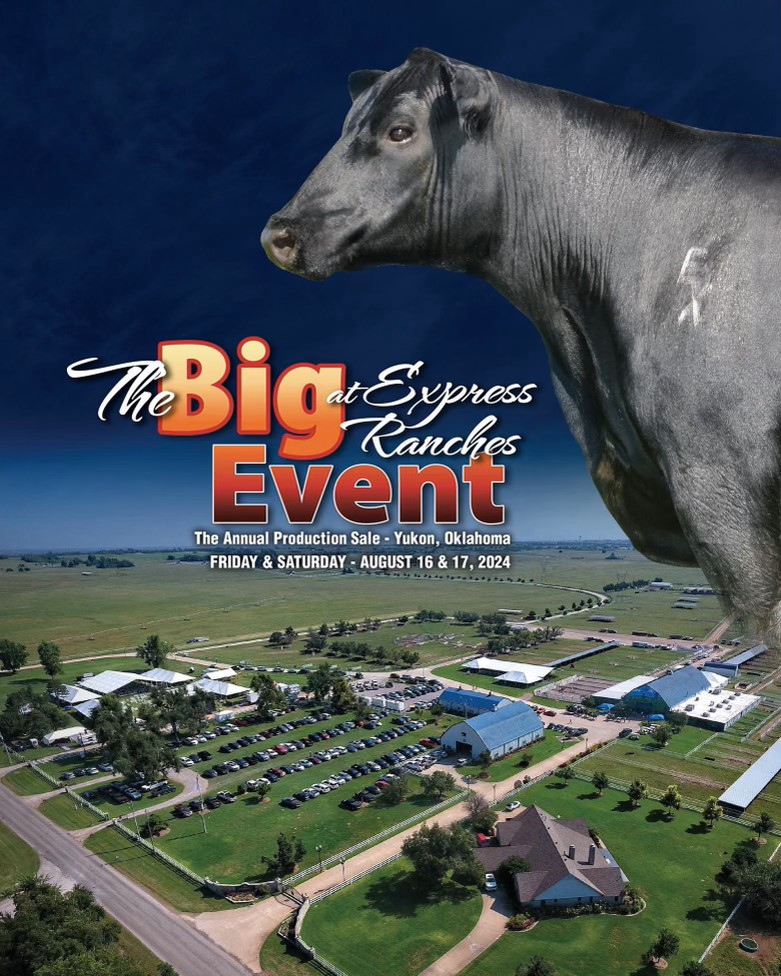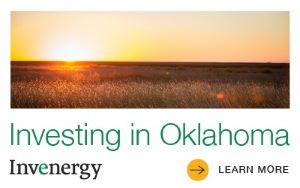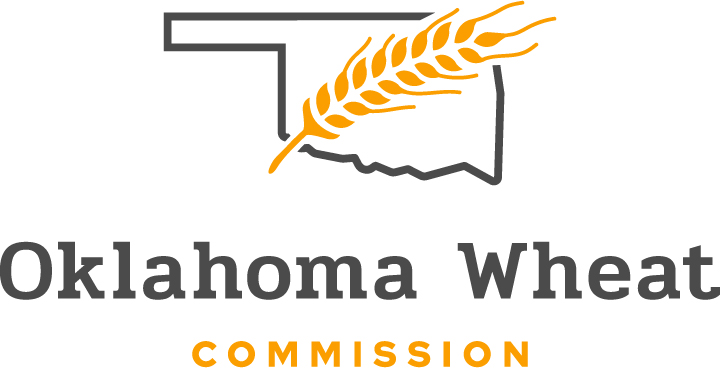
Agricultural News
Trichomoniasis Regs Now in Effect for Bulls Moving Intrastate
Wed, 14 Jul 2010 6:32:17 CDT
 A new state regulation will help control the spread of trichomoniasis in Oklahoma cattle, an illness that can cost our cattle industry millions of dollars.
A new state regulation will help control the spread of trichomoniasis in Oklahoma cattle, an illness that can cost our cattle industry millions of dollars.
The new regulation added to the existing Oklahoma Cattle Trichomoniasis Program was put into effect July 1, 2010 and will be fully enforced Jan. 1, 2011.
Dr. D.L Step , Oklahoma State University Cooperative Extension veterinarian, said trichomoniasis is a venereal disease in cattle.
"There has been a rise in trichomoniasis in Oklahoma cattle, which is a disease that can have a devastating effect on the cattle industry," Step said. "This new regulation was put in place in an effort to protect the Oklahoma cattle producer."
Dr. Rod Hall, Oklahoma Department of Agriculture, Food and Forestry's Animal Industry Services Trichomoniasis Program director, said the new legislation involves the change of ownership of a bull within the state of Oklahoma and will require a negative trichomoniasis test within 30 days of change of ownership.
"Change of ownership can come through private or public sale, lease, trade or barter." Hall said. "Exceptions to this mandatory testing includes bulls less than 24 months old that can be certified as virgin bulls; bulls consigned directly to slaughter; and "Cutter Bulls" that will be castrated and put on feed within 10 days of purchase."
Regulations were already in place regarding bulls entering Oklahoma from other states. These bulls must be tested negative for trichomoniasis within 30 days of entry and be identified with an official identification device. Acceptable ID are silver metal USDA tag, 840 RFID tag, registration tattoo or brand if accompanied by a copy of registration papers. Again there are some exceptions to this mandatory testing, including bulls less than 24 months old that can be certified as virgin bulls; bulls consigned directly to slaughter; rodeo or bucking bulls that travel to an event and then leave the state.
Three negative culture tests at least one week apart or one negative PCR test meets the Oklahoma trichomoniasis testing requirements. If a bull tests positive for trichomoniasis, the owner of the herd of origin will be notified. The herd owner will be advised to contact their veterinarian for assistance in managing and eradicating the disease in their herd.
"Bulls infected with trichomoniasis carry the protozoan in their reproductive tract," Hall said. "The disease is transmitted from bull to cow during the breeding process. Typically, infected cows will abort early in the pregnancy and be temporarily infertile."
While cows can be temporarily infertile, they can eventually clear themselves of the disease with four to five months of sexual rest. There is a vaccine that can be administered to cows to help prevent the disease. Bulls, however, will remain infected and there is not an approved treatment or vaccine for bulls. Infected bulls also will continue to appear and act normally.
Step said that the primary impact of trichomoniasis is on female cattle, but the Oklahoma Trichomoniasis Program regulations focus on bulls since they are the reservoir for this disease.
The economic impact on the cattle industry is devastating. There are approximately 2.4 million breeding female cattle in Oklahoma. On average there is one bull for every 20-25 cows. Based on that number, Hall estimates there are about 96,000 bulls in the state.
"I believe we can conservatively assume we have a 3 percent infection rate in Oklahoma bulls. If each infected bull is exposed to 25 cows with a 15 percent calf loss, it would result in 10,800 calves lost," he said. "At $500 for each calf, the cattle industry would face a total loss of $5.4 million annually. In a herd with a compact breeding season, a trichomoniasis infection can decrease calving percentages by up to 50 percent. This is devastating for a calf crop."
"I encourage Oklahoma cattle producers to contact their local veterinarian for more information on trichomoniasis and how to get their bulls tested," Step said. "The test can save cattle producers thousands of dollars in the long run."
WebReadyTM Powered by WireReady® NSI
Top Agricultural News
More Headlines...




















